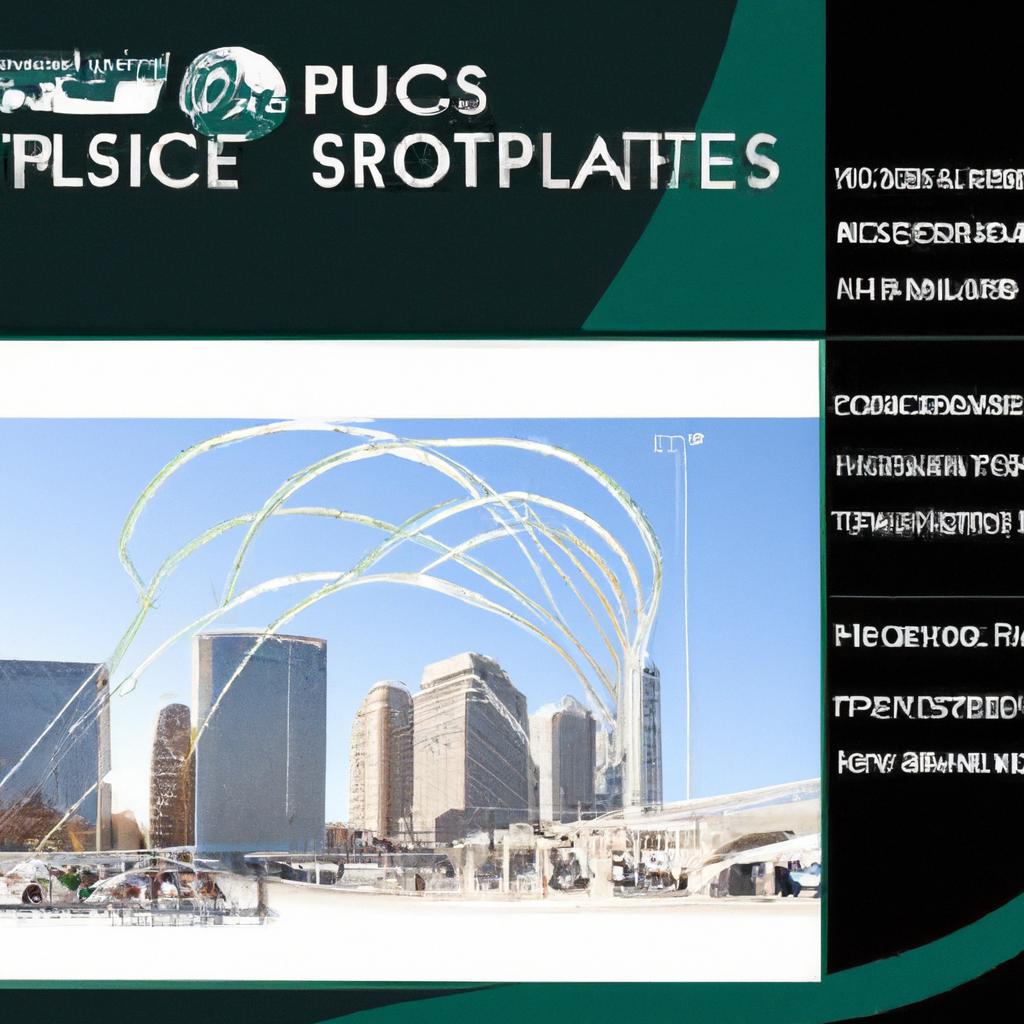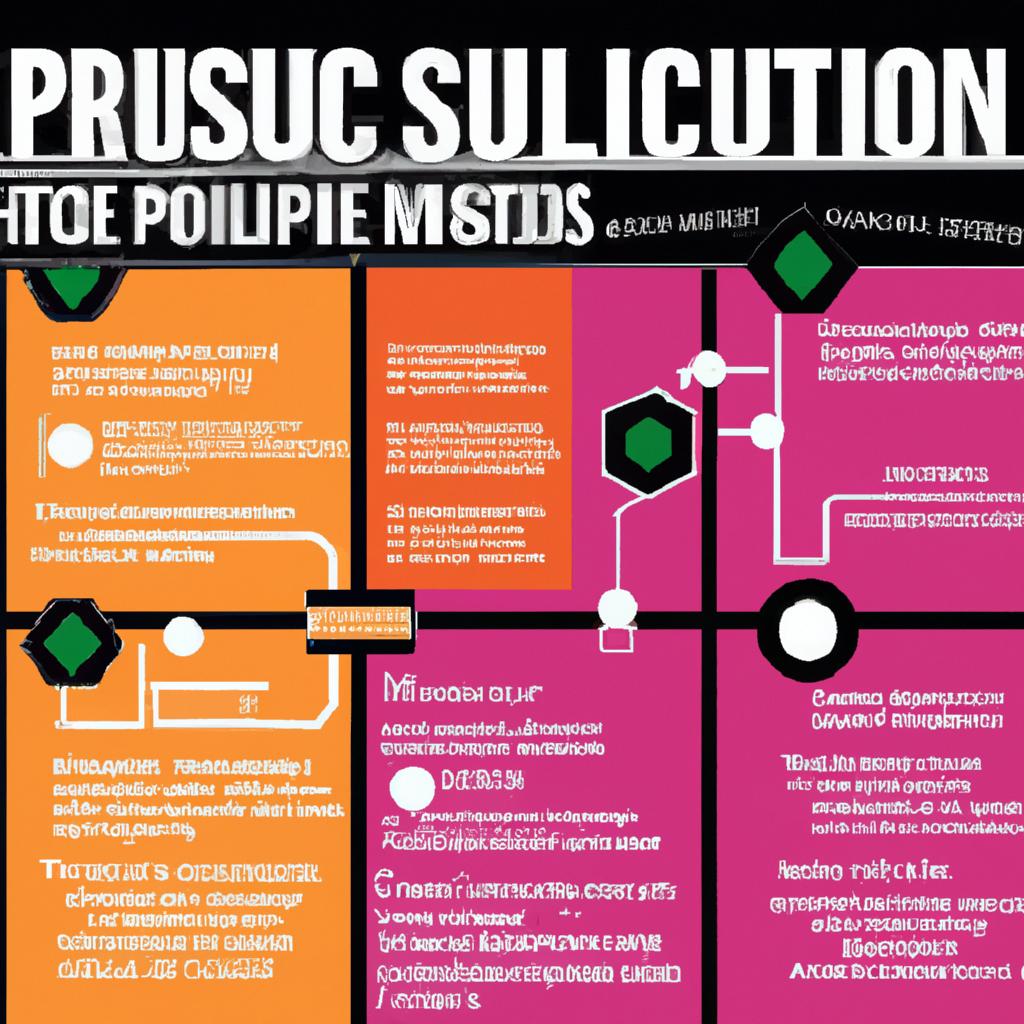In an era where urban landscapes are continually evolving, the heartbeat of a city often resonates through its transit systems. Public transportation is more than just a network of buses and trains; it is a lifeline that connects communities, fuels economies, and shapes the very fabric of urban life. Yet, as cities grow and populations swell, the challenge of maintaining affordable and efficient transit solutions becomes ever more pressing. In “Unlocking Cities: The Case for Affordable Public Transit Solutions,” we embark on a journey to explore how accessible public transport can serve as a catalyst for change. From reducing congestion and promoting sustainability to enhancing social equity and boosting economic opportunities, we delve into innovative strategies and real-world examples that showcase the transformative power of affordable transit. Join us as we unlock the potential of our urban environments and advocate for solutions that pave the way for a brighter, more connected future.
Innovative Financing Models for Sustainable Public Transit
As cities grapple with the dual challenges of urbanization and climate change, the quest for innovative financing models for public transit becomes increasingly vital. Traditional funding sources, such as government budgets or grants, often fall short of meeting the growing demand for robust transit networks. To address these challenges, cities worldwide are beginning to explore alternative financing mechanisms that leverage public-private partnerships, impact investing, and community-based funding. These models encourage collaboration among stakeholders, allowing cities to mobilize financial resources more efficiently and effectively. Key strategies include:
- Value Capture Financing: Harnessing the increase in property values around new transit projects to fund the construction and maintenance of transit infrastructure.
- Social Impact Bonds: Attracting private investment by linking returns to the achievement of specific social outcomes, such as increased public transit ridership.
- Crowdfunding Initiatives: Engaging communities to invest in local transit solutions, creating a sense of ownership and accountability.
Furthermore, technology plays a crucial role in modernizing transit financing. Smart mobile platforms can facilitate microtransit services, allowing users to book and pay for rides seamlessly while expanding transit access in underserved areas. Cities can also explore dynamic pricing models that adapt to demand, ensuring equitable fare structures that respond to socio-economic conditions. In order to illustrate these innovative financing approaches, the table below highlights some successful examples from various cities:
| City | Financing Model | Impact |
|---|---|---|
| San Francisco | Value Capture Financing | Increased transit funding by 30% through property tax increments. |
| Liverpool | Social Impact Bonds | Improved service efficiency with a 20% rise in ridership. |
| Chicago | Crowdfunding Initiatives | Raised $2 million for local transit improvements within six months. |

Designing Inclusive Transit Systems for Diverse Communities
Creating transit systems that cater to the needs of all community members requires a deep understanding of the diverse backgrounds and challenges they face. A truly inclusive approach encompasses a variety of factors, including:
- Accessibility: Ensuring that public transportation is easy to navigate for individuals with disabilities, including wheelchair ramps and audio announcements.
- Affordability: Offering various fare options and subsidies to enable low-income families to utilize transit services without financial strain.
- Safety: Designing transit environments that prioritize safety and security for all users, from lighting to surveillance measures.
- Cultural Competence: Providing multilingual signage and services to accommodate non-native speakers and ensure everyone feels welcome.
Moreover, engaging diverse community stakeholders in the transit planning process is crucial. Collaboration helps to identify unique needs and fosters a sense of ownership over the transit system. This can be achieved through:
- Workshops and Forums: Hosting events that allow community members to voice their concerns and suggestions directly.
- Surveys and Feedback Mechanisms: Implementing tools to gather real-time feedback and make necessary adjustments on the go.
- Partnerships with Local Organizations: Collaborating with nonprofits and civic groups that serve marginalized populations to ensure their perspectives are included.
| Element | Impact on Community |
|---|---|
| Accessibility Features | Improved mobility for individuals with disabilities |
| Subsidized Fares | Increased ridership among low-income families |
| Safety Measures | Enhanced user confidence and ridership |
| Cultural Initiatives | Increased community engagement and feeling of belonging |

Leveraging Technology to Enhance Transit Accessibility
In today’s fast-paced urban environment, the integration of cutting-edge technology is pivotal in making transit systems more accessible for everyone, particularly for those with disabilities. By utilizing mobile apps, real-time tracking systems, and intelligent routing algorithms, cities can drastically improve user experience and inclusivity. The implementation of features such as voice commands, route customization based on accessibility needs, and instant notifications about service delays can empower individuals, allowing them to navigate the transit landscape confidently and independently.
Moreover, the adoption of smart infrastructure can enhance the overall efficiency of public transportation. For instance, sensor-equipped vehicles can provide data analytics to optimize schedules and reduce wait times, while digital information boards at transit stations ensure that passengers are kept informed in real-time. Investing in technologies like contactless payment systems and accessible kiosks can further streamline the journey for all users. Below is a concise overview of these technological improvements:
| Technology | Benefit |
|---|---|
| Mobile Apps | Real-time transit information |
| Intelligent Routing | Customized travel routes |
| Smart Infrastructure | Increased operational efficiency |
| Contactless Payment | Streamlined user experience |

Strategies for Advocating Policy Change in Public Transportation
Advocating for policy change in public transportation requires a multifaceted approach that engages diverse stakeholders and amplifies community voices. One effective strategy is to form coalitions with local advocacy groups, civic organizations, and resident associations. By uniting various interests, advocates can present a stronger, more unified front when approaching policymakers. Additionally, utilizing data-driven research to illustrate the impact of affordable public transit on economic growth, accessibility, and environmental sustainability can persuade decision-makers of its urgency. Incorporating testimonials from community members about their public transit experiences can create an emotional connection that reinforces the need for change.
Effective communication is crucial in advocacy efforts. Utilizing social media platforms to mobilize support and spread awareness can help reach a broader audience. Consider hosting public forums or workshops that highlight the benefits of proposed policy changes, making sure to create an inclusive environment for feedback. Engage with local media to share success stories and push for press coverage on public transit issues. don’t underestimate the power of persistent follow-up; maintaining open channels of communication with policymakers ensures that the community’s needs remain at the forefront of decision-making. Developing clear calls to action for supporters can also incentivize community involvement and drive momentum for tangible policy advancements.
To Conclude
As we conclude our exploration of public transit solutions, it becomes clear that the journey toward unlocking cities is not merely about transportation; it is about access, equity, and sustainability. Affordable public transit can serve as a powerful catalyst for economic growth, environmental stewardship, and social cohesion. By prioritizing inclusive transit policies, we not only enhance the daily lives of countless individuals but also lay the groundwork for communities that thrive on connection and opportunity.
The road ahead may be fraught with challenges, but the potential rewards—vibrant urban landscapes, reduced congestion, and increased mobility—are too significant to ignore. As cities around the globe embark on this critical mission, collaboration among stakeholders, innovative thinking, and a commitment to affordability will be essential.
Ultimately, investing in public transit is an investment in our shared future. Let us continue to champion affordable solutions that connect people and places, bridging divides and unlocking the true potential of our urban centers. Together, we can build cities that are not only accessible but also inclusive, resilient, and ready for whatever lies ahead.

